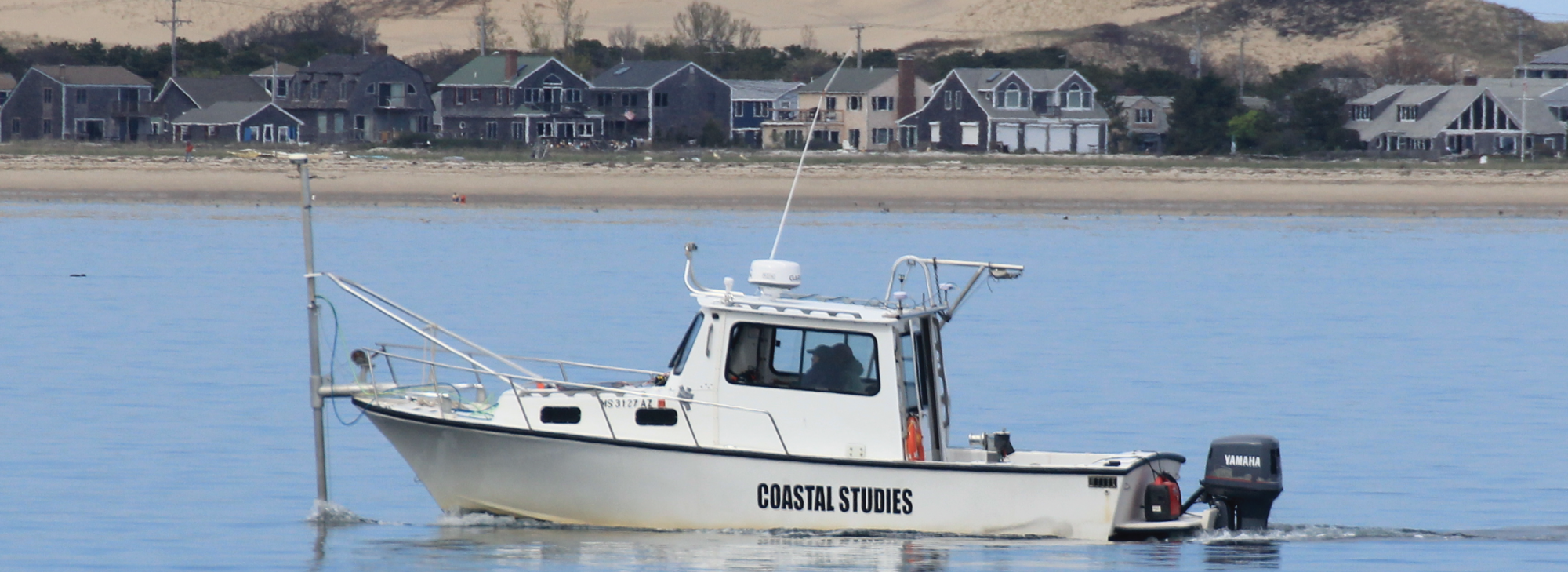
Our very own Bryan Legare, with colleagues from Massachusetts Division of Marine Fisheries, the Nature Conservancy and NOAA, used acoustic telemetry to track the presence, movements and habitat use of juvenile and young-of-the-year blacktip and lemon sharks in the US Virgin Islands. We are pleased to announce that Bryan has recently published a paper on this research, and it appears in the journal Environmental Biology of Fishes:
Abstract:
The blacktip shark (Carcharhinus limbatus) is a common coastal species in tropical and subtropical waters around the world. To examine the fine-scale movement ecology of this species in a Caribbean nursery, 17 neonate blacktip sharks were acoustically tagged in May, 2012 and tracked for one year in Coral Bay, St John, USVI. By quantifying linear movement and shifts in position from a fixed Inner harbor location, we identified a diel movement pattern where blacktip sharks spend daylight hours within core habitat of Inner Coral Harbor and move each night to the central and outer portions of the Bay, a linear shift of 174–934 m. When compared to standard home range calculations applied to the overall movement data, these nightly positions were outside of the 95% activity space and, therefore, undetected using traditional space utilization methods, despite their predictable daily occurrence. Cluster analysis and nonmetric multidimensional scaling indicated distinct movement periods and locations: daytime (sun up) within Inner Coral Harbor; nighttime (sun down) in the center of the Bay; and brief periods approximately six hours after sunset at the mouth of the Bay. This diel shift in habitat use is likely associated with nocturnal foraging because it coincides with similar shifts in potential prey species. Habitat and resource management that incorporates the blacktip shark movements described herein is critical to the protection of these vulnerable life stages. The findings of this paper advance the understanding of blacktip shark behavior and acoustic telemetry experimental design.
Follow the link below to read Bryan's paper (journal subscription required). To read more about Bryan Legare, check out his bio and CV in the People section of this blog.
Diel movements of the blacktip shark (Carcharhinus limbatus) in a Caribbean nursery
